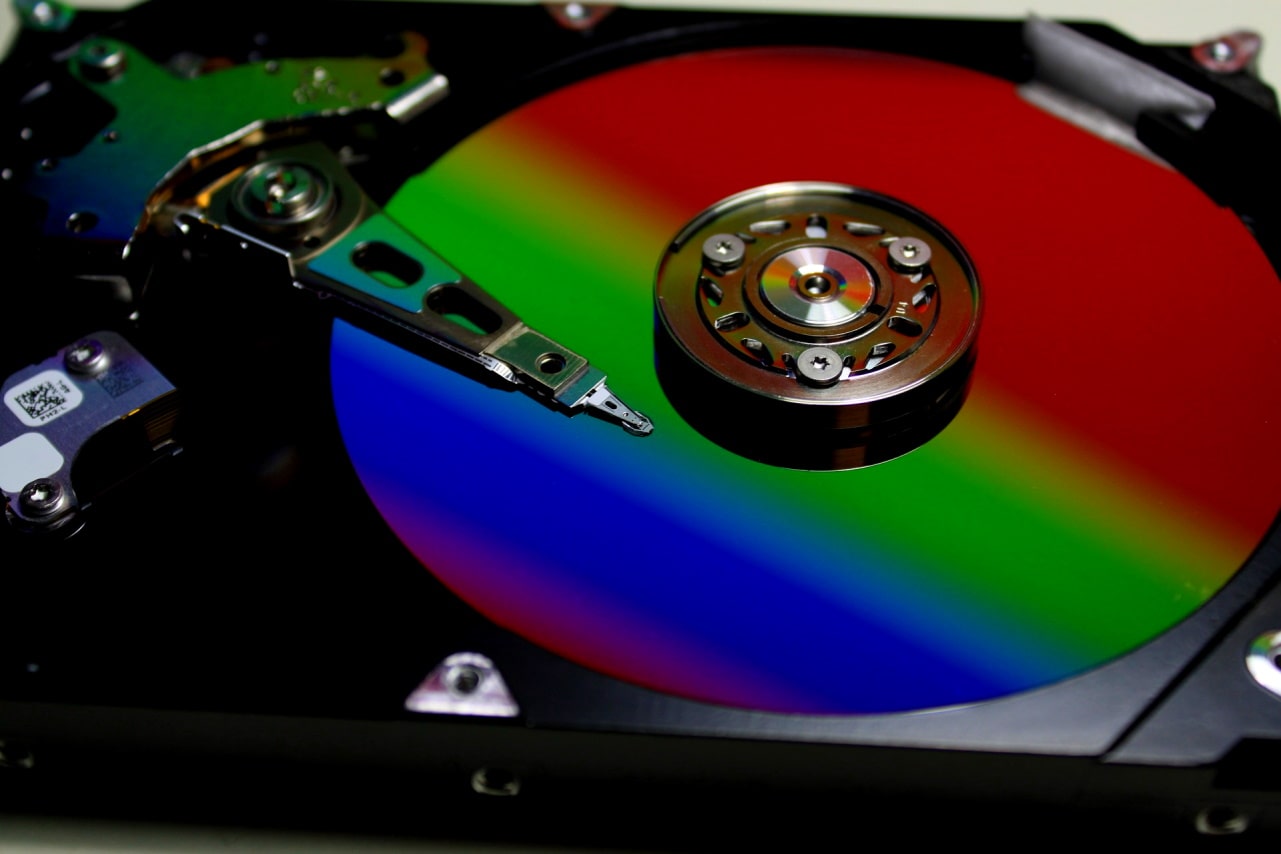Feeling the Power of Silence: Taming the Symphony of Hard Drive Noise to Achieve Seamless Workflow and Optimal Performance.
How to Silence a Noisy Hard Disk Drive. I don’t like any kind of noise. If there’s noise when I’m doing something, that thing is ruined, meaning it has no chance of being accomplished.
When I’m working on something, I need silence. Silence helps with concentration, and I’ve noticed that even my favorite songs make me make mistakes when I listen to them, while at the same time, I’ve trained my brain with Brain Workshop. Without music, I would achieve a perfect score most of the time, but with music, I made quite a few mistakes.
When it comes to computers, the perfect computer would be the one that doesn’t make any sound or as little as possible. A perfect computer would be “death silent,” meaning without any moving parts. A processor with low thermal design power (TDP) to be paired with a fanless aftermarket cooler, a graphics card without a fan, the same goes for the power supply, and an SSD.
That’s how the perfect computer would look like, at least for me, because I know there are people who like to hear all kinds of sounds emitted by their PCs, including the ones made by fans, because that’s how they feel that their system is working.
No, a perfect computer for browsing, not for gaming, shouldn’t make any noise but be as silent as possible.
If you have a computer, a laptop, that still uses a hard disk drive and you don’t like the noises, you need to take action because normal desktop HDDs, the ones that spin at 7200 rotations per minute, are too noisy for me, and normal laptop HDDs, spinning at 5400 rotations per minute, emit an annoying whistling sound.
The problem with HDD noise can be easily solved by using a “must-have” program called, no surprises here, “quietHDD.”
quietHDD not only significantly reduces the noise of the HDD but I’ve heard it also extends its lifespan because its read/write arm no longer moves when it’s not needed.
I have used quietHDD on Windows XP, Windows 7, and now Windows 8.1, so I guarantee that it works perfectly fine on these operating systems. It probably works on Windows 10 as well, especially since quietHDD is currently owned by Microsoft.
If you don’t want quietHDD to appear in the system tray and you’re like me, meaning you have very few programs there, feel free to use the command line “/NOTRAY”.
The only issue I encountered with this program and Windows 8.1 was that it didn’t start when I turned on the laptop, even though I had set it up correctly in the start-up settings, as you can see in the video tutorial below. All the other programs started, except quietHDD.
It’s not like it was difficult for me to click and start it myself, but why do extra things when you can automate them? So I started searching to find out why quietHDD doesn’t start on Windows 8.1 boot-up.
I discovered that the issue lies with a Windows 8.1 option in “Power Options” called “Turn on fast start-up.” If it’s checked, the laptop starts up much faster, but quietHDD doesn’t. If I uncheck it and give up on the fast start-up of the laptop, then quietHDD starts automatically. You decide if you want to give up on the speed of starting up the computer versus automating some programs.
And one more thing: after I created the tutorial and posted it on Instructables, a person from there, an Englishman, since it’s full of English people over there, told me that he got an SSD when he noticed that the HDD was too noisy. English humor, what can you do, especially since the majority of those who use SSDs still use HDDs for storage.
I hope this tutorial is helpful to you if you have a noisy HDD and want to make it “shut up.”
What has been your experience with noisy hard disk drives? Have you found effective solutions to reduce or eliminate the noise? Share your thoughts and tips in the comments below!

